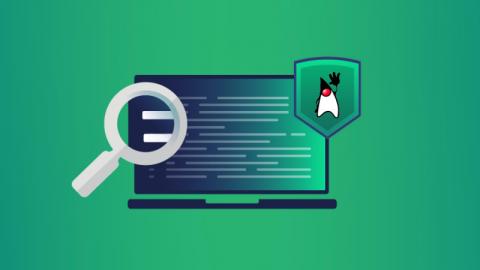Devoxx4Kids: Empowering young Java developers and creating future industry stars
Recently, we released the JVM Ecosystem Report 2021. This annual report is full of interesting facts about the current state of the Java ecosystem. If you haven’t seen it yet, you should give it a read. Don’t forget to download the full PDF for all the insightful information.










